Categories: Featured Articles » Interesting Facts
Number of views: 81420
Comments on the article: 14
Why the frequency standard of 50 hertz is chosen in the electric power industry
Why to this day in the energy industry for the transmission and distribution of electricity everywhere have frequencies of 50 and 60 Hz been selected and remain accepted? Have you ever thought about this? But this is not at all accidental.
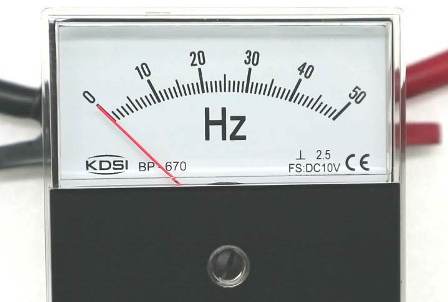
In the countries of Europe and the CIS, the standard 220-240 volts of 50 hertz is adopted, in the North American countries and in the USA - 110-120 volts of 60 Hz, and in Brazil 120, 127 and 220 volts of 60 Hz. By the way, directly in the USA in the outlet sometimes it can turn out, say, 57 or 54 Hz. Where do these numbers come from?
Let's turn to the story to understand this topic. In the second half of the 19th century, scientists from many countries of the world actively studied electricity and looked for practical applications for it. Thomas Edison invented his first light bulb, thereby introducing electric lighting. The first DC power plants were built. The beginning of electrification in the USA.
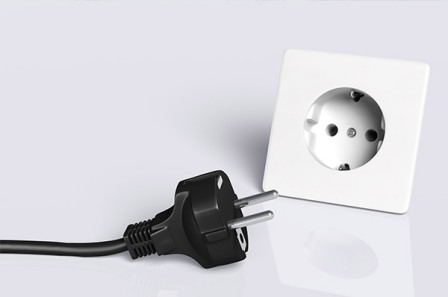
The first lamps were arc, they glowed with an electric discharge burning in the open air, ignited between two carbon electrodes. The experimenters of that time quickly found that it was at 45 volts that the arc became more stable, however, for safe ignition, a resistive ballast was connected in series with the lamp, on which about 20 volts fell during the operation of the lamp.
So, for a long time, a constant voltage of 65 volts was applied. Then it was increased to 110 volts, so that two arc lamps could be connected to the network simultaneously.
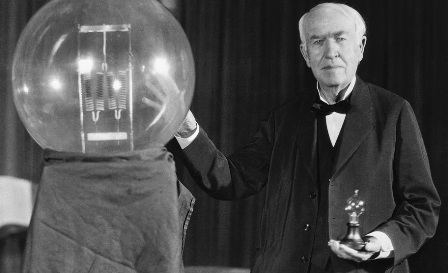
Edison was a fanatical supporter of DC systems, and Edison's DC generators initially worked like that, supplying 110 volts DC to consumer networks.
But Edison’s DC technology was very, very costly, economically unprofitable: it was necessary to lay a lot of thick wires, and the transmission from the power plant to the consumer did not exceed a distance of several hundred meters, since transmission losses were enormous.
Later, a three-wire 220-volt DC system was introduced (two parallel lines of 110 volts each), but the situation regarding the efficiency of such a transmission did not improve significantly.
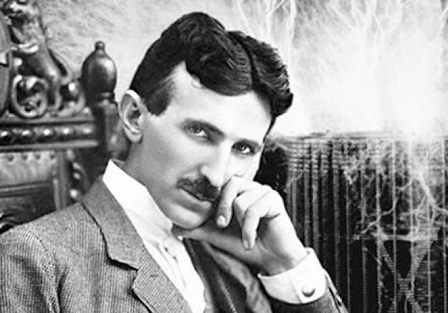
Later Nikola Tesla He developed his own, completely innovative alternators, and introduced a cost-effective system for transmitting electricity at high voltages of several thousand volts, and electricity could be transmitted thousands of meters, transmission losses decreased by tens of times. Edison's direct current could not stand the competition with Tesla's alternating current.
Transformers on iron lowered the high voltage to 127 volts in each of the three phases, supplying it to the consumer in the form of alternating current. During operation of alternators, driven by steam or falling water, their rotors rotated with a frequency of 3000 rpm and even more.
This allowed the lamps to not flicker, asynchronous motors to operate normally, withstanding rated speeds, and transformers to convert electricity, increase and decrease voltage.
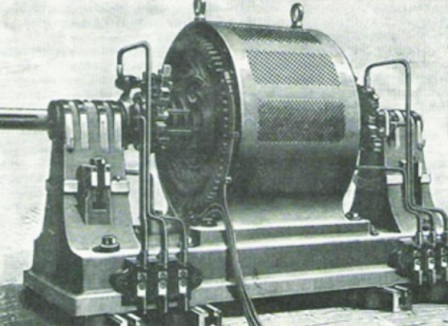
Meanwhile, in the USSR, the voltage of the networks until the 60s remained at the level of 127 volts, then with the growth of production capacities it was raised to 220 volts that we are now familiar with.
Dolivo-Dobrovolsky, like Tesla, who studied the possibilities of alternating current, suggested using a sinusoidal current for electric power transmission, and suggested setting the frequency in the range from 30 to 40 hertz. Later they converged on 50 hertz in the USSR and on 60 hertz in the USA. These frequencies were optimal for AC equipment, which worked in many factories.
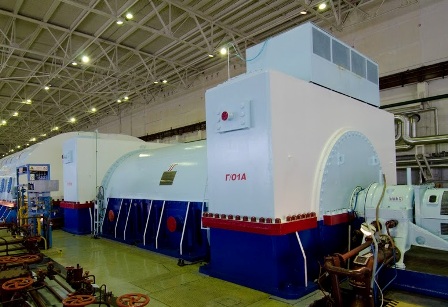
The rotation frequency of a bipolar alternator is 3,000 or a maximum of 3,600 rpm, and it gives just the frequencies of 50 and 60 Hz during generation. For normal operation of the alternator, the frequency should be at least 50-60 Hz. Industrial transformers easily convert alternating current of a given frequency.
Today, in principle, it is possible to increase the frequency of electric power transmission to many kilohertz, and thus save on materials of conductors in power transmission lines, however, the infrastructure remains adapted specifically for a current frequency of 50 Hz, it was so designed initially around the world, generators in nuclear power plants rotate with the same at a speed of 3000 rpm, they still have the same pair of poles. Therefore, the modification of power generation, transmission and distribution systems is a matter of the distant future. That is why 220 volts of 50 hertz remain our standard so far.
See also at e.imadeself.com
:
